What are the most common types of herbs? And how to you know when to use one herb over another? We’re breaking it all down in this simple guide to fresh herbs!
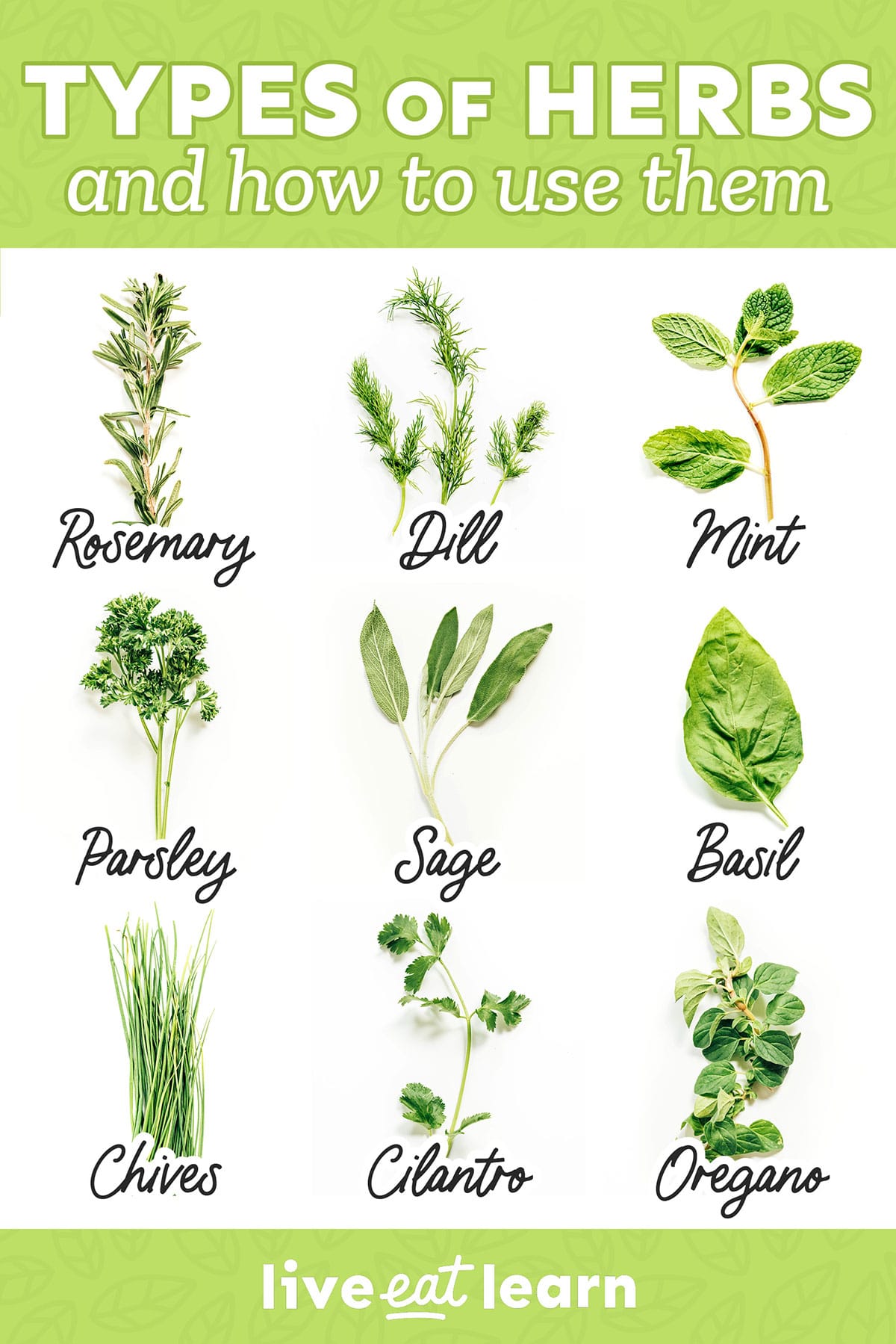
Are you ever in the produce section of the grocery store staring at a wall of vague green herbs wondering, “What’s the difference between all of these?!”
I get it. Understanding which herb is which (let alone how to use each) can be tricky at first. Which herb do you pair with what? How much do you add to your recipe? When do you add it to the recipe?
But cooking with fresh herbs isn’t fancy or complicated. We’re breaking down the most common varieties of fresh herbs so you can have a quick guide to reference next time you’re not sure!
Types of herbs
Fresh vs. Dried
Most fresh herbs have a dried herb counterpart in the spice aisle. But what’s the difference? Fresh herbs have a more delicate, fresher flavor that is usually best when added at the end of cooking. Dried herbs, on the other hand, have a more powerful flavor and can handle be added at the beginning of cooking, creating more herby undertones in your dish.
Tender vs. Hardy
Fresh herbs can be grouped loosely into the tender or hardy category. Knowing which group an herb is in can help you quickly know how to use it and store it.
Tender herbs have a delicate stem and leaves, and should be added towards the end of cooking to preserve their light flavor. Tender herbs are usually stored like flowers – with their stems in a glass of water and popped in the fridge! Tender herbs include: basil, parsley, chives, dill, cilantro, mint
Hardy herbs have woody stems and can withstand being added nearer to the beginning of cooking. Hardy herbs are usually stored by wrapping them in a damp paper towel, placing in an airtight container, and refrigerating. Hardy herbs include: rosemary, thyme, sage, oregano
Basil
Basil has a peppery flavor with hint of mild anise (licorice), though different varieties of basil have different levels of sweet and peppery. To preserve its fresh flavor, basil is usually added towards the end of cooking. Get the full guide to basil here. Use it in:
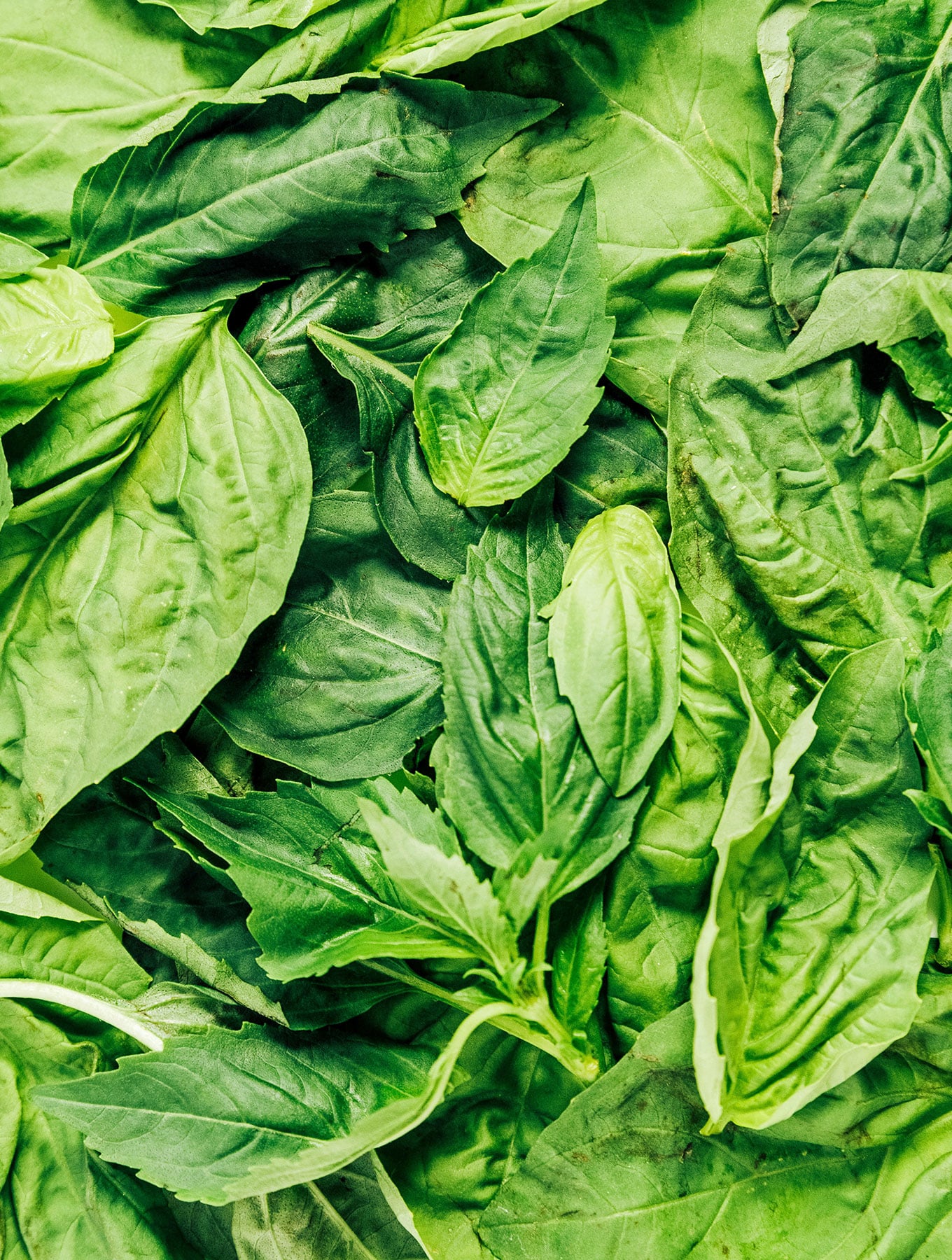
Parsley
Parsley is a classic garnish with loads of flavor potential. While the curly variety lacks flavor and is better of as a garnish, the flat variety has a peppery bite commonly used in French and Italian cooking. To preserve its fresh flavor, parsley is usually added towards the end of cooking. Get the full guide to parsley here. Use it in:
- Lemon Garlic Gremolata
- Easy Tabbouleh Salad
- Green Smoothie Popsicles
- Summer Veggie Salad
- Parsley Salad
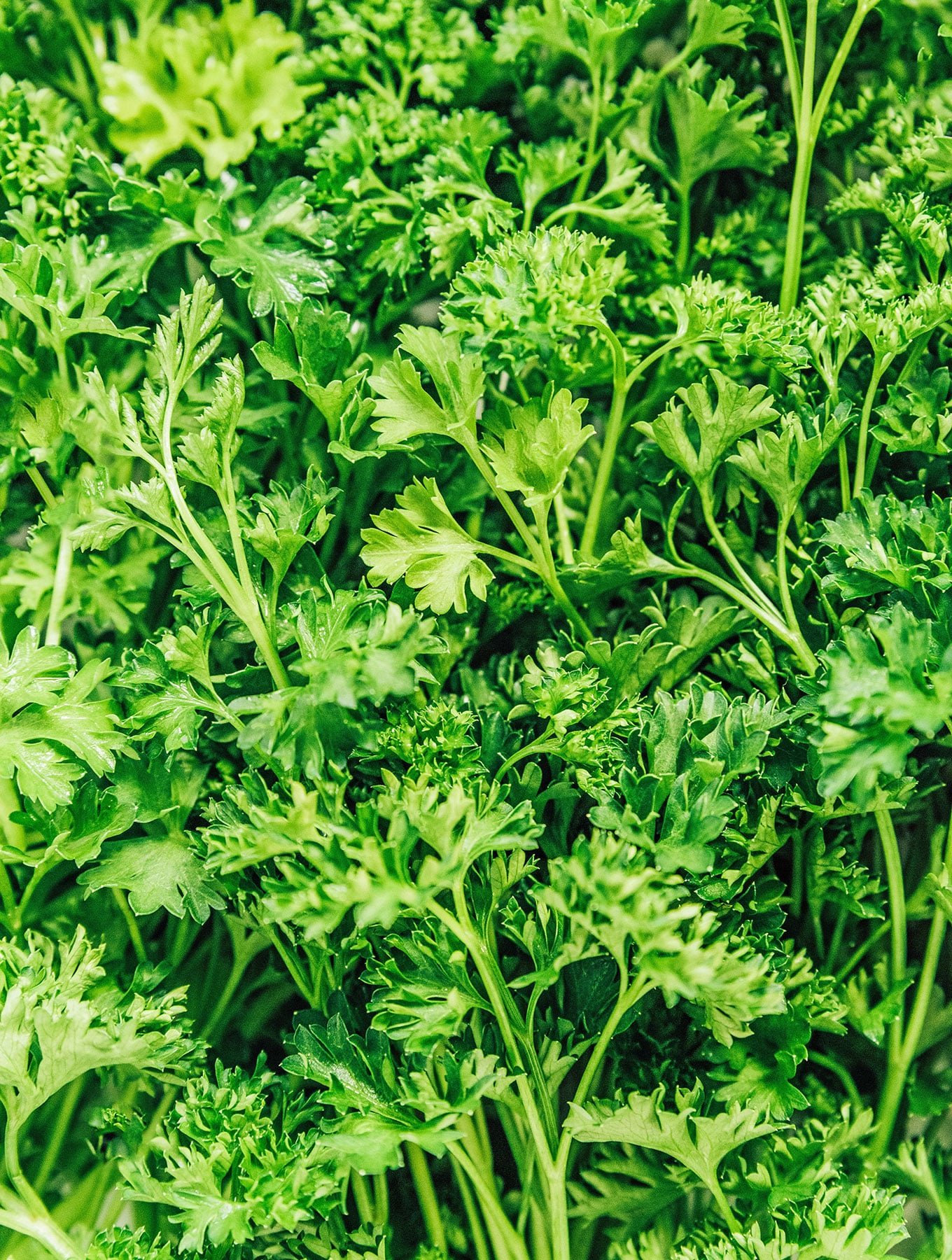
Chives
Chives have a refreshing onion flavor that’s more mild than actual onions, making it a great garnish or addition to salads. To preserve its tender flavor, chives are usually added towards the end of cooking. Get the full guide to chives here. Use it in:
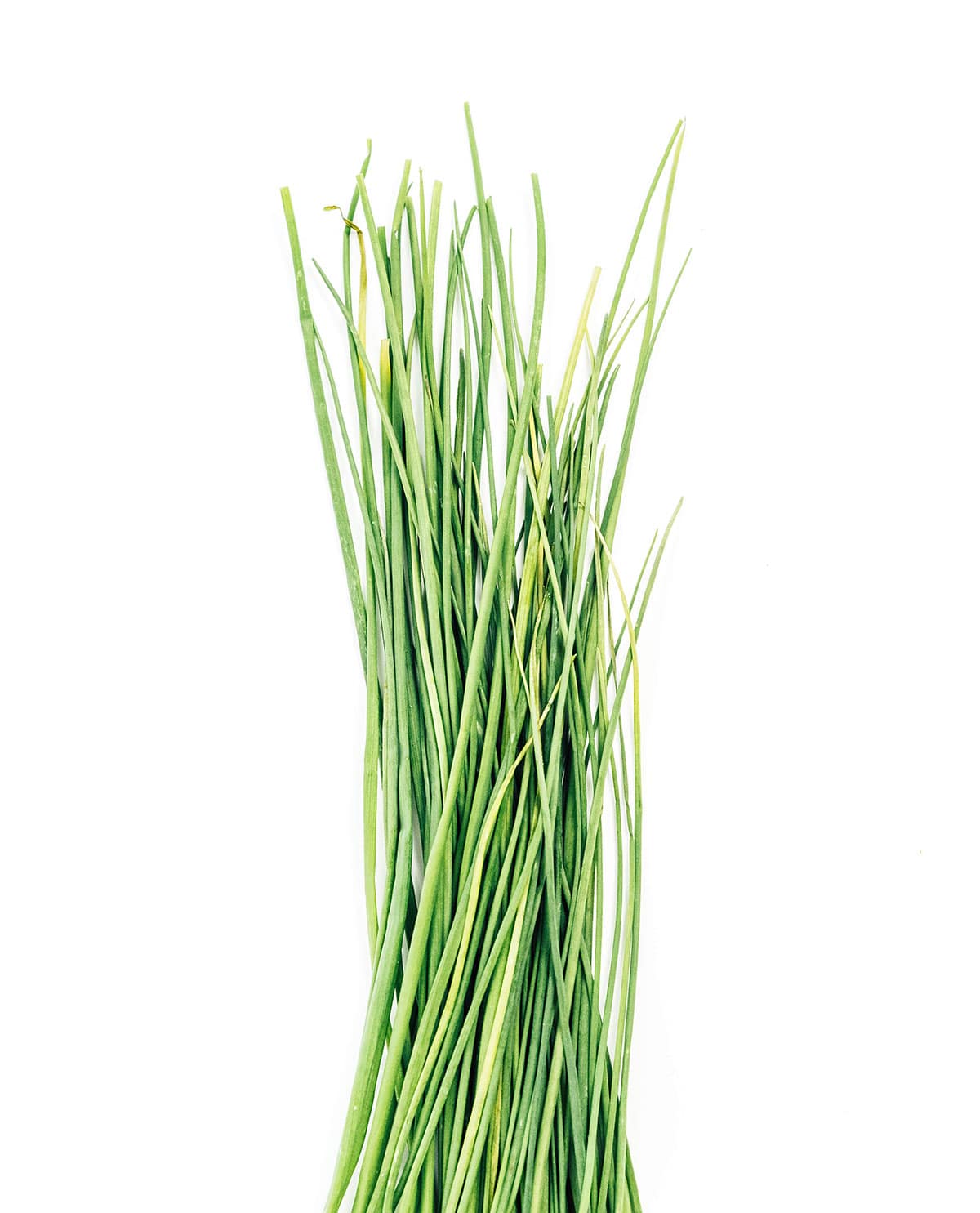
Dill
Clean and grassy, dill can be a love or hate kind of herb. Its powerful flavor defines classic dishes, such as dill pickles and tzatziki sauce! Dill is common in Scandinavian, Eastern European, and Mediterranean cuisines. To preserve its tender flavor, dill is usually added towards the end of cooking. Get the full guide to dill here. Use it in:
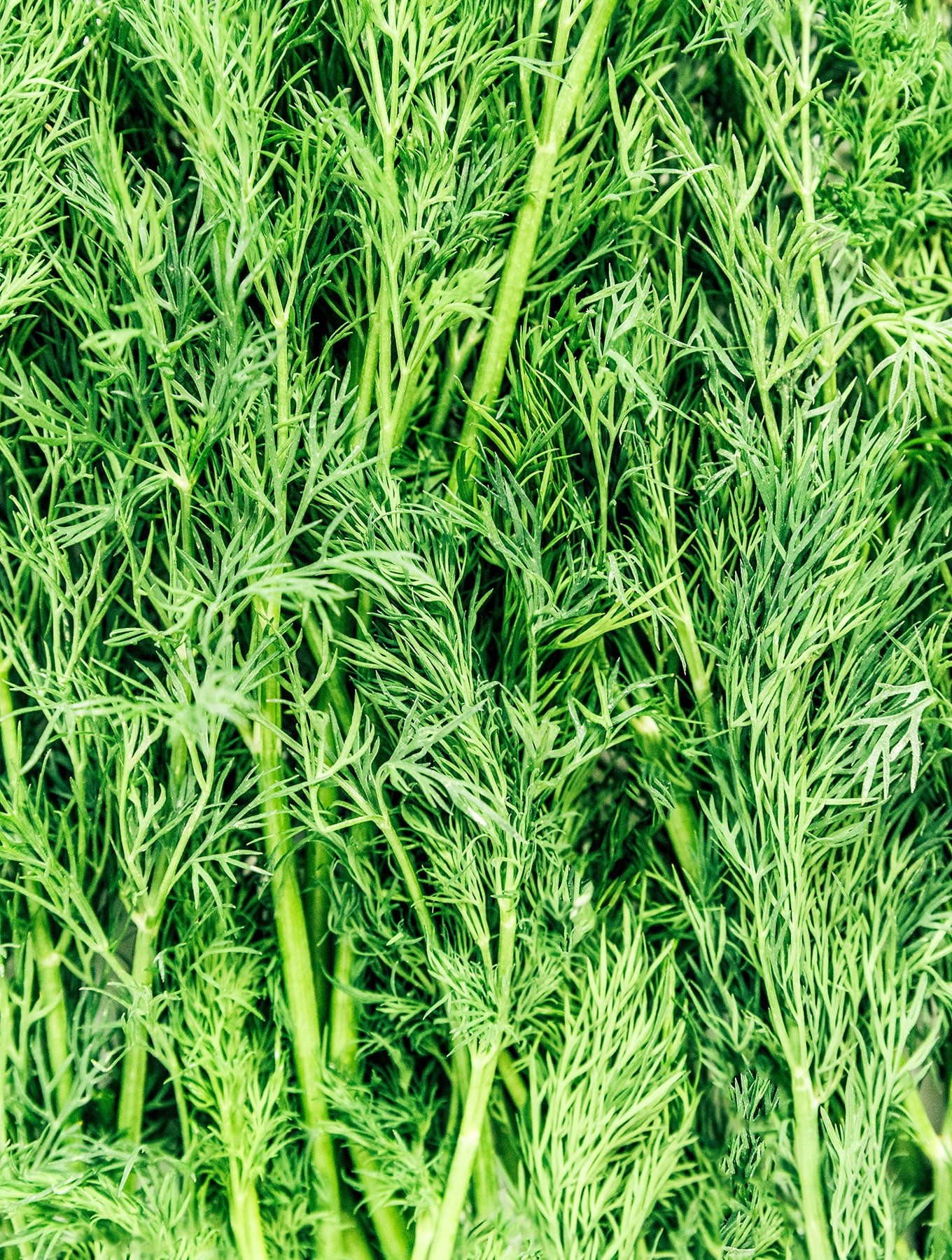
Cilantro
Bright and citrusy to some, soapy to others, cilantro is the ultimate love or hate ingredient. Cilantro is common in Indian, Mexican, and Vietnamese dishes (just to name a few). To preserve its tender flavor, cilantro is usually added towards the end of cooking. Get the full guide to cilantro here. Use it in:
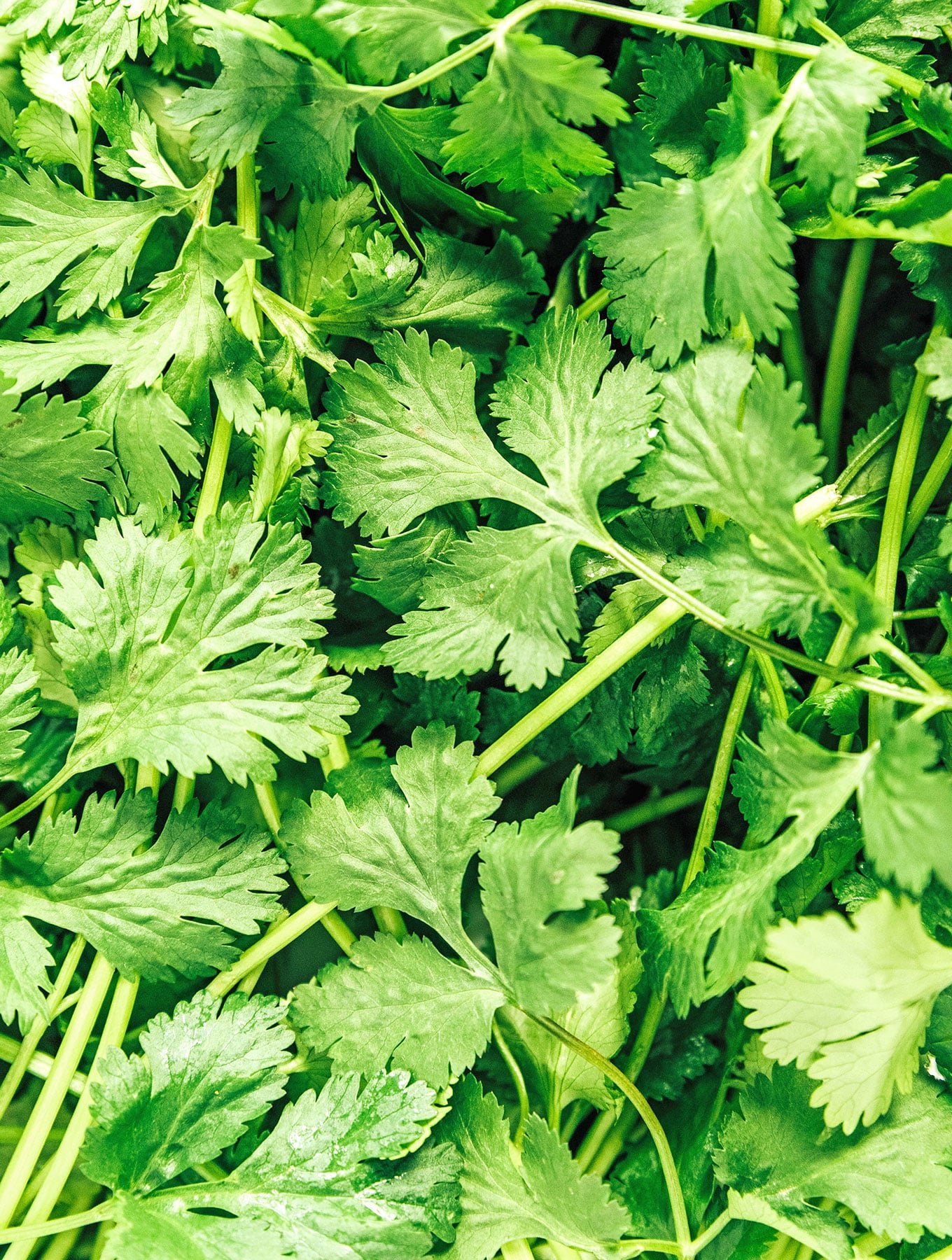
Mint
Cooling menthol gives mint its distinct minty flavor. Mint is popular in western desserts, though around the world it is worked into an array of savory dishes as well! To preserve its tender flavor, mint is usually added towards the end of cooking or as a garnish. Get the full guide to mint here. Use it in:
- Mint Chocolate Popsicles
- Roasted Eggplant with Mint Sauce
- Vietnamese Vegetable Spring Rolls
- Fresh Mint Tea
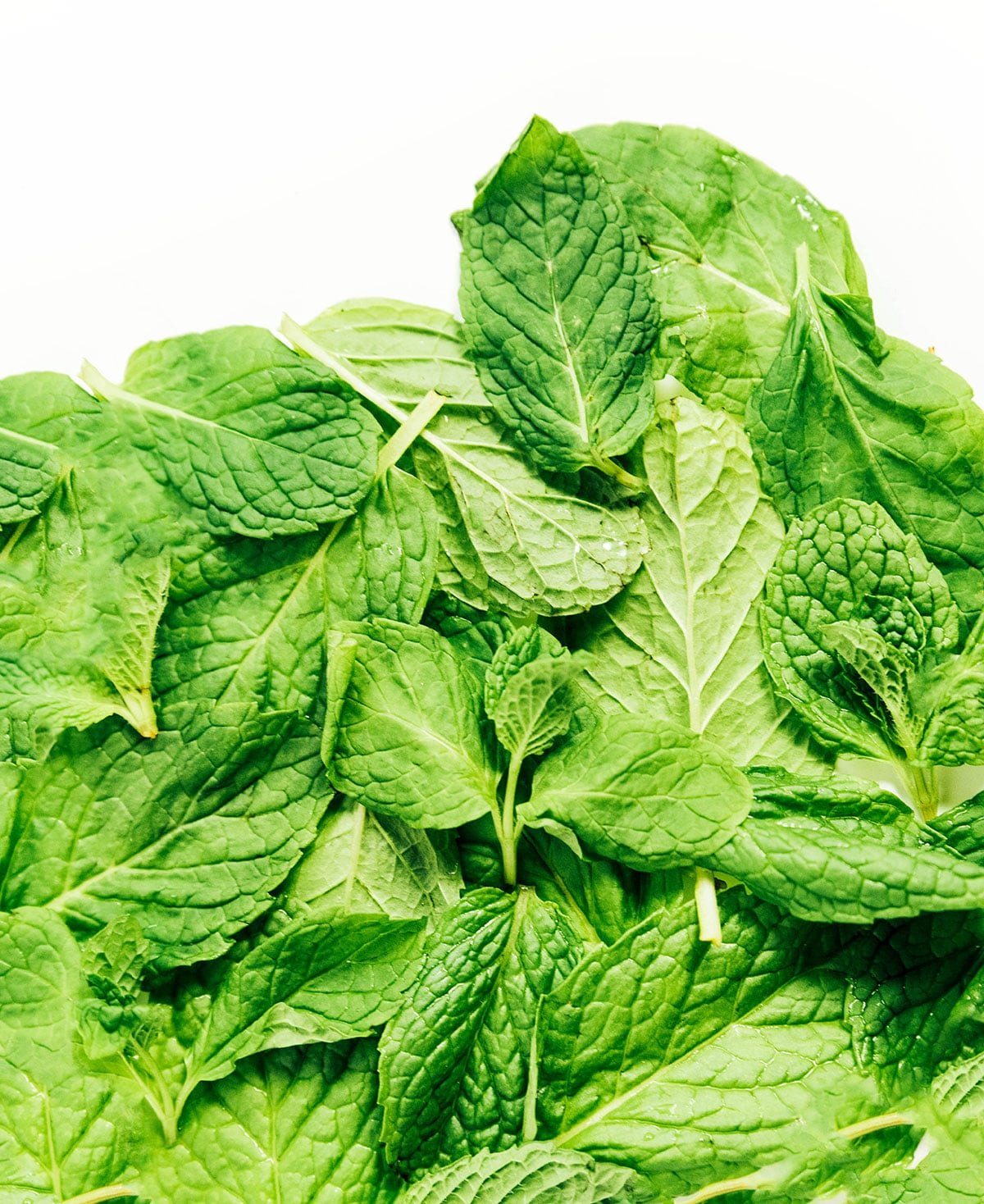
Rosemary
With a pungent, pine-like flavor, this hardy herb is great for roasting, flavoring stews, or slow cooking. It can be added during cooking to infuse the dish with loads of flavor. Get the full guide to rosemary here. Use it in:
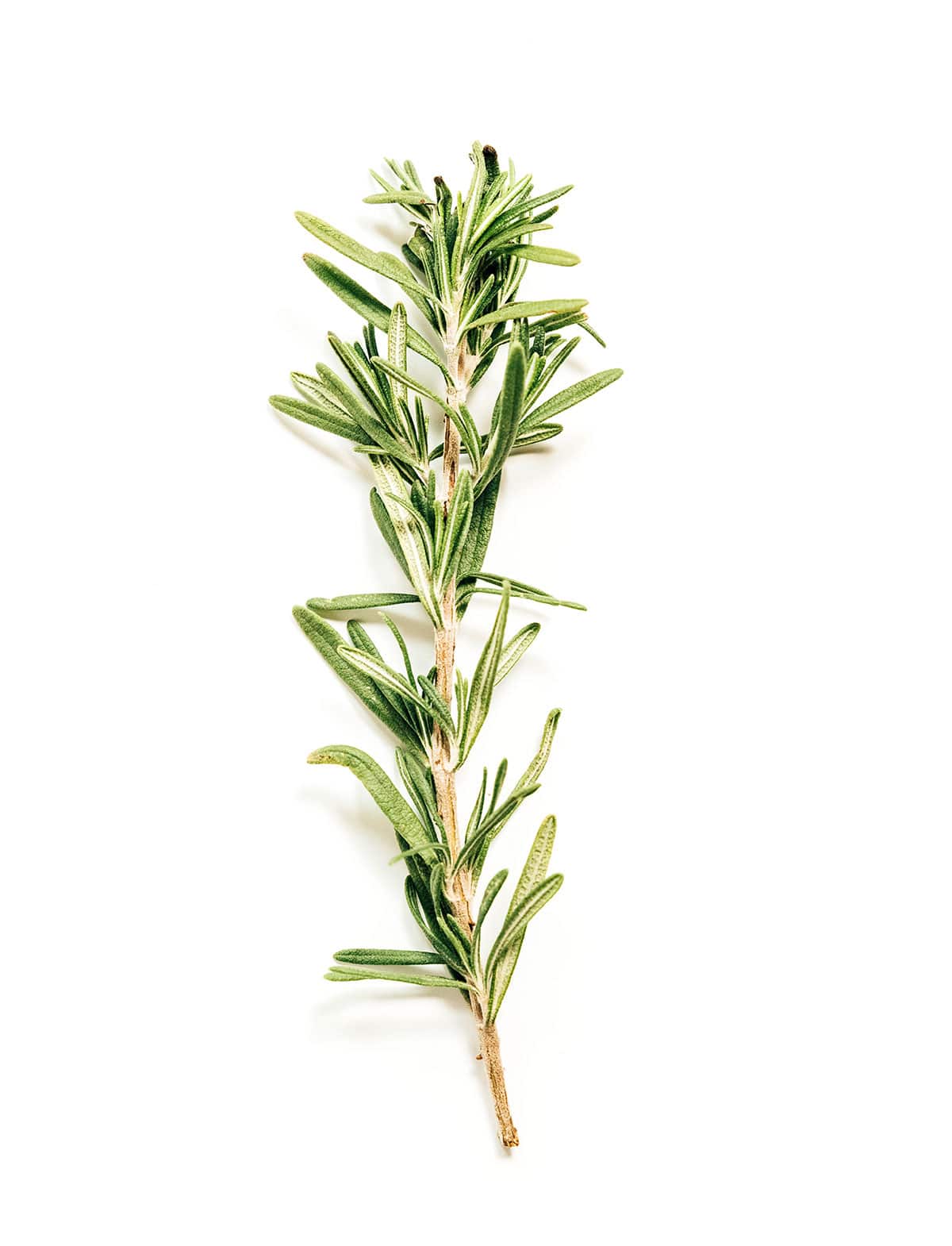
Thyme
These tiny thyme leaves pack a punch! Thyme is common in French cuisine (namely the famous herbs de Provence). Like rosemary, it requires you to strip the leaves from the woody stem, though it’s work the effort. Thyme can be added during cooking to infuse the dish with loads of flavor. Get the full guide to thyme here. Use it in:
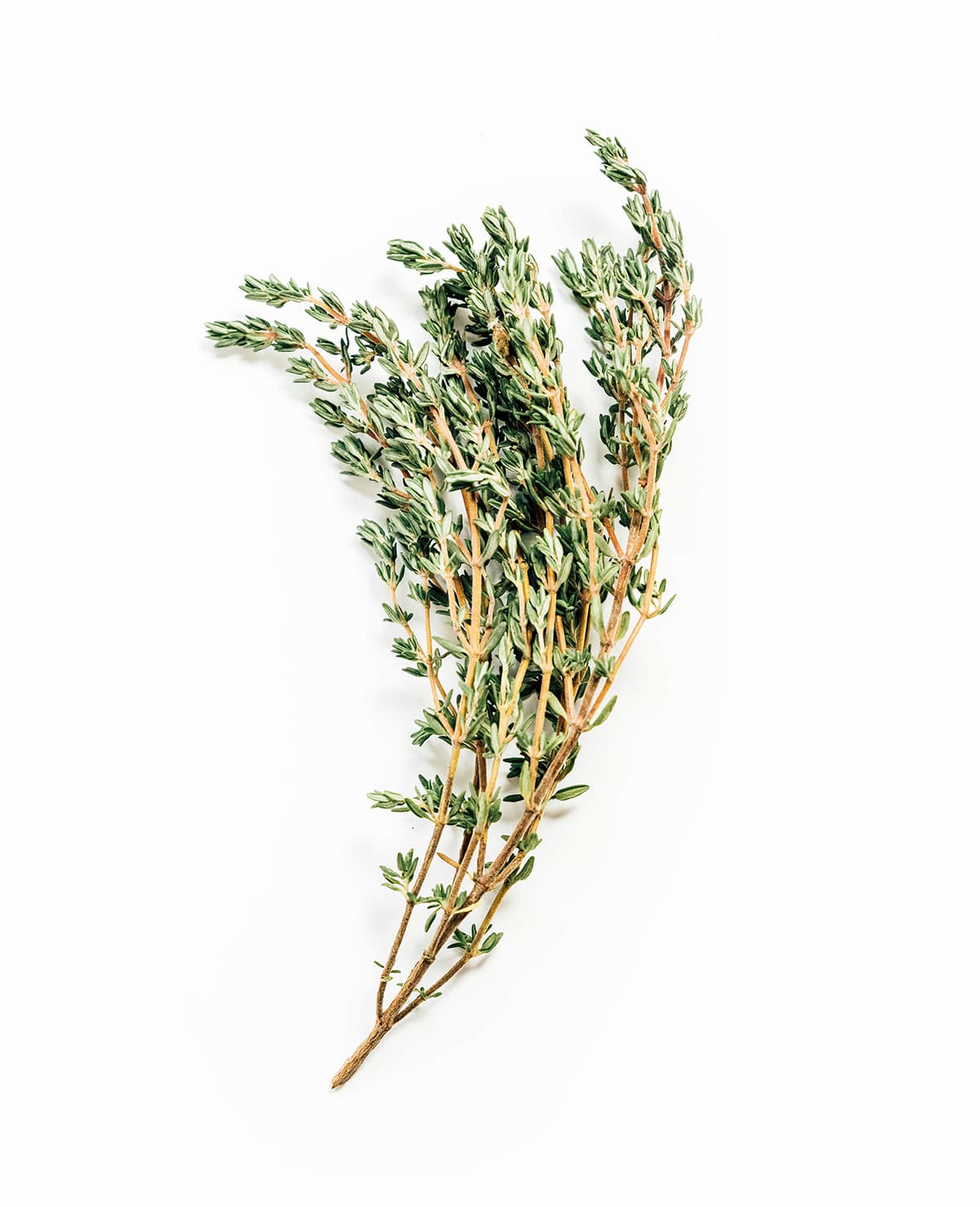
Sage
Peppery with hints of mint, the strong flavor of sage makes it great for pairing with heavier flavors, like sweet potatoes and butternut squash. Sage is a hardy herb, meaning it can be added during cooking to infuse the dish with loads of flavor. Get the full guide to sage here. Use it in:
- Brown Butter and Sage Mashed Cauliflower
- Vegetable Bread Stuffing
- Pumpkin Pasta
- Butternut Squash Risotto
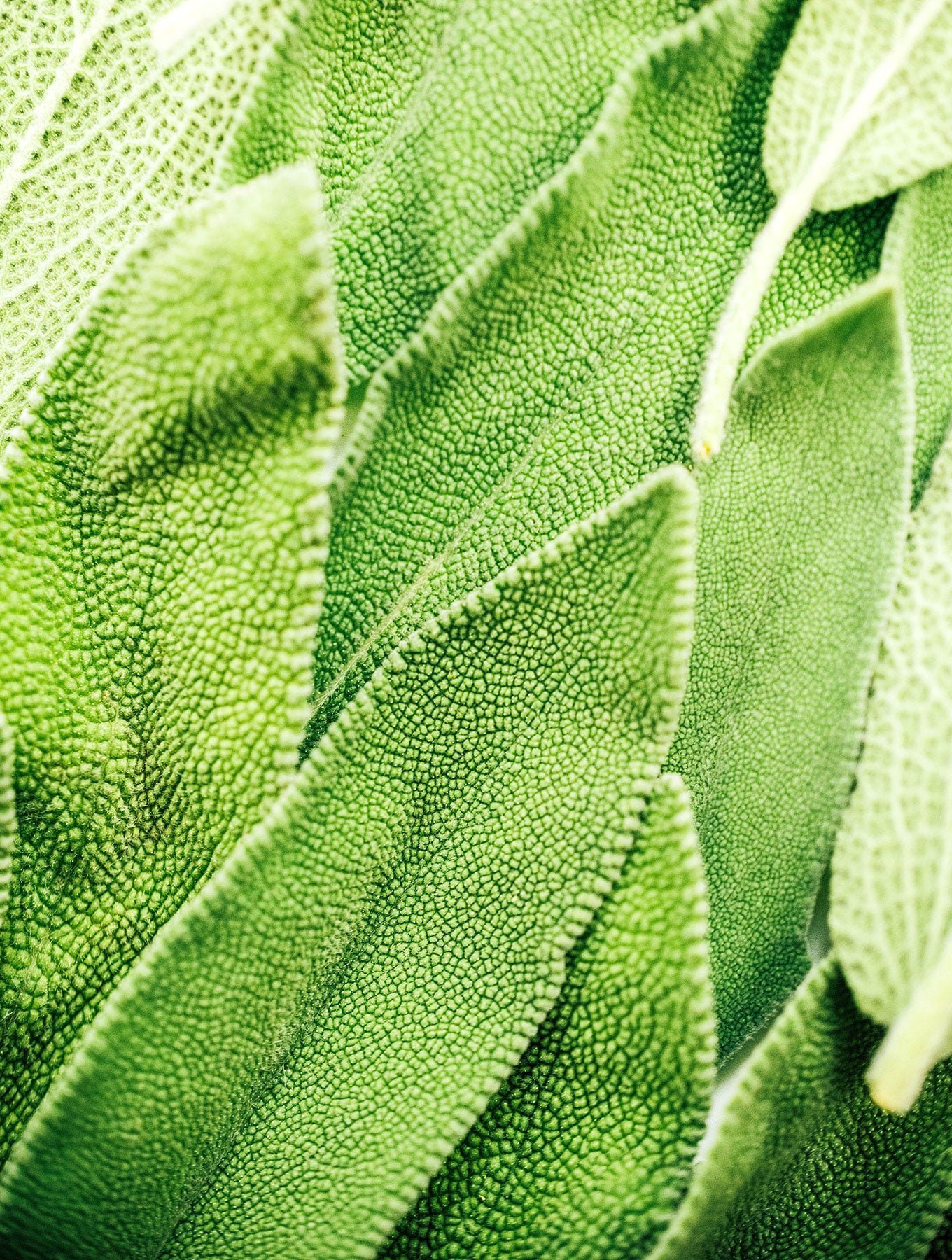
Oregano
Fresh oregano has hints of sweet with spiciness, though its more commonly found in more flavorful dried form. Oregano is commonly used in tomato-centric recipes, like pizza sauce and marinara. It’s also great wherever olive oil takes center stage, like dressings and bread dips! Oregano is a hardy herb, meaning it can be added during cooking to infuse the dish with loads of flavor. Get the full guide to oregano here! Use it in:
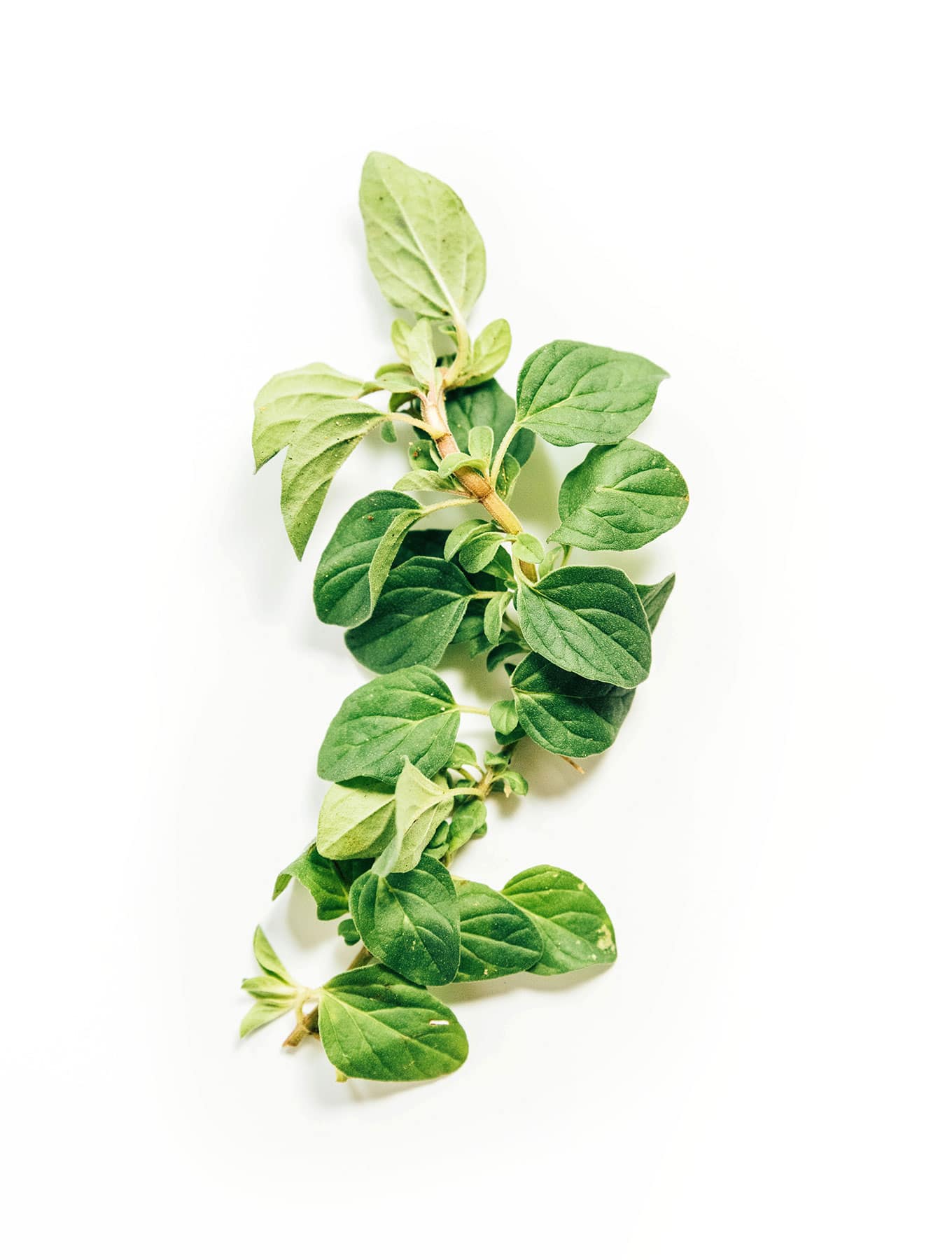
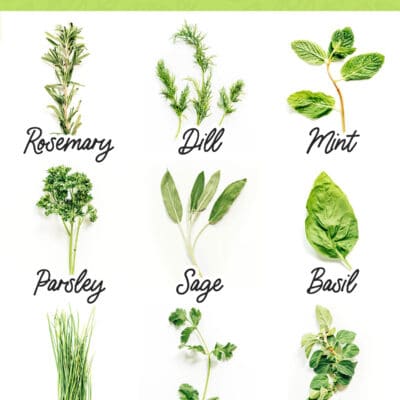
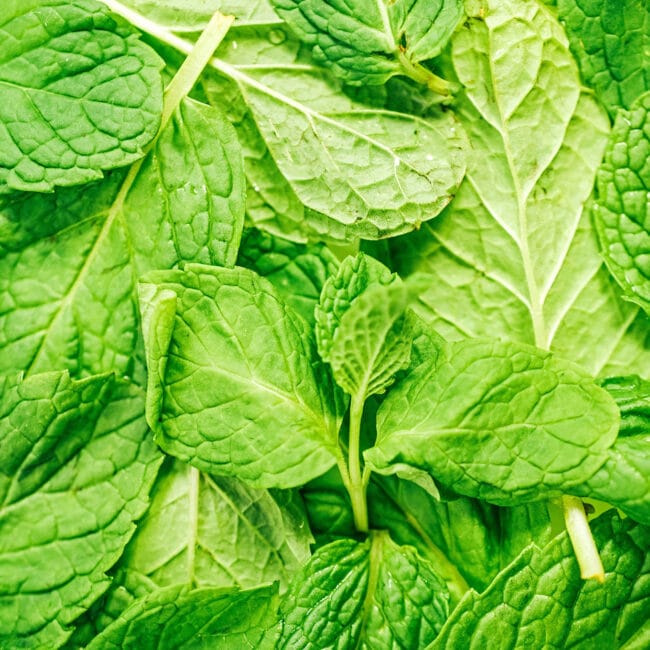

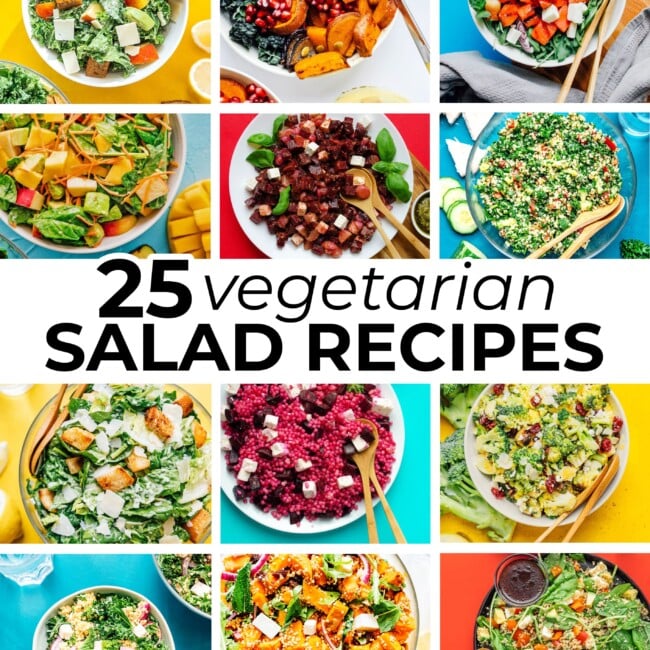
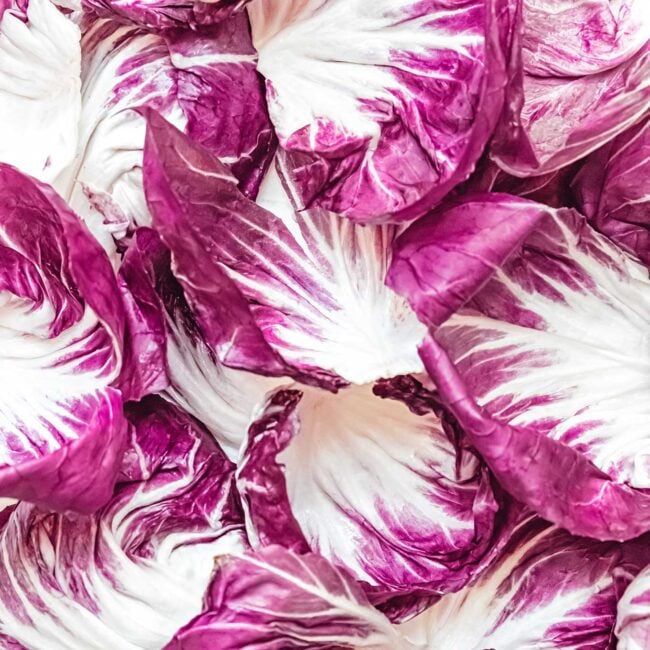
Leave a Comment